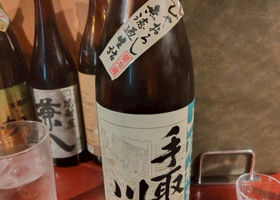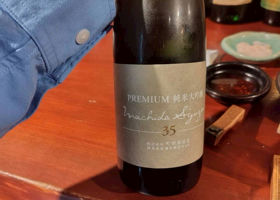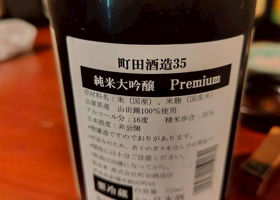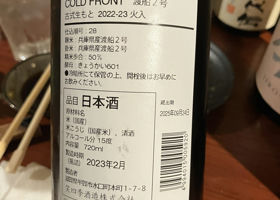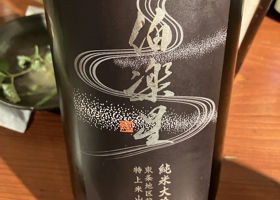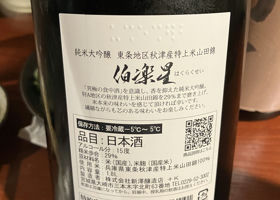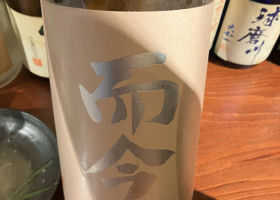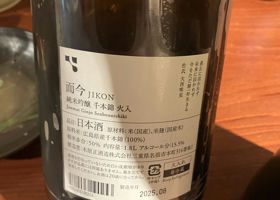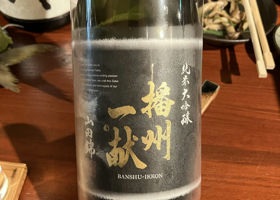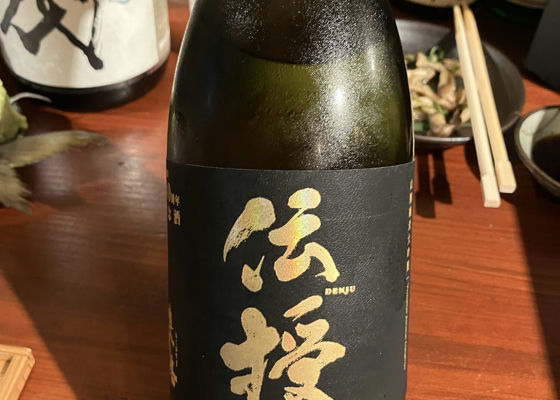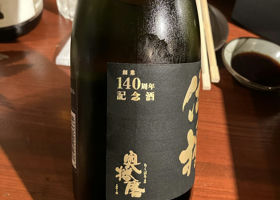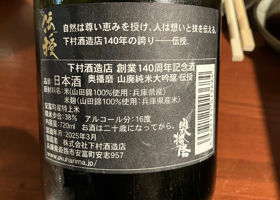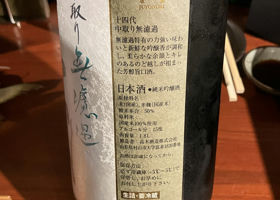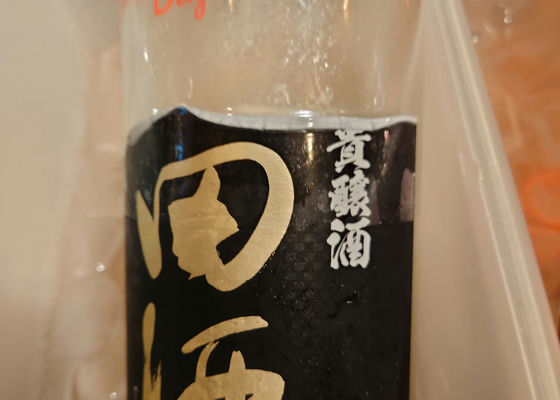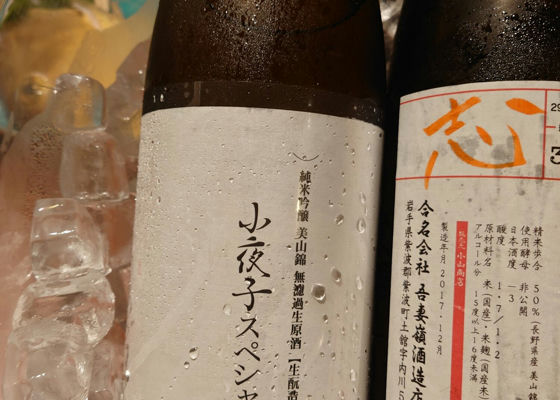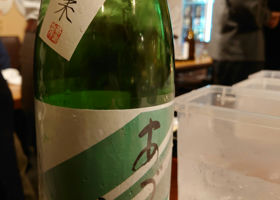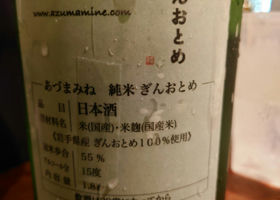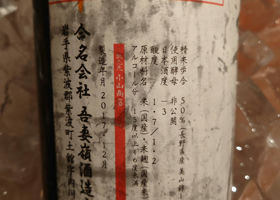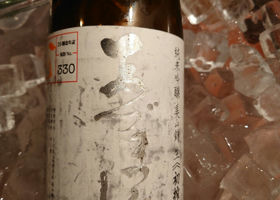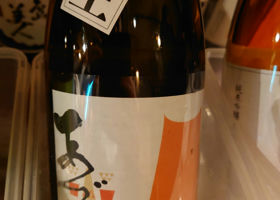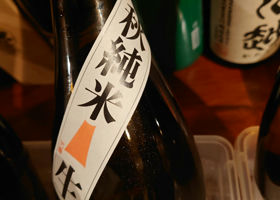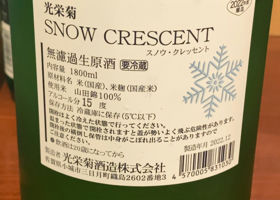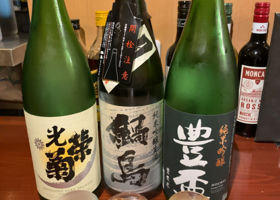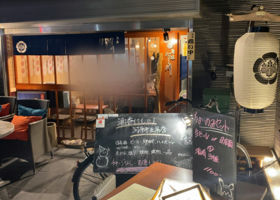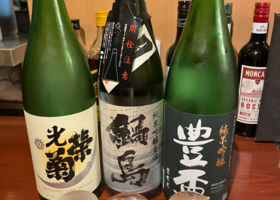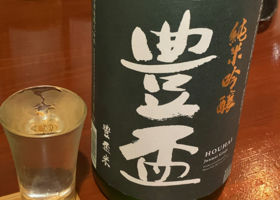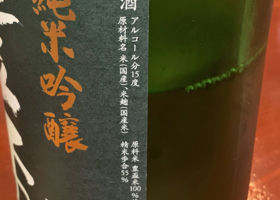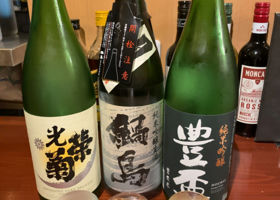Timeline
nabe3Firmly sweet, excellent 9 nabe3The acidity of the yeast yeast yeast and the hearty flavor of the yeast yeast are well-defined! Without unpleasant taste.9 nabe3Well-balanced acidity and firm flavor!9 nabe3Aged for 6 years! Juicy and well matured taste! Delicious! KoeigikuSNOW CRESCENT スノウクレッセント純米原酒生酒無濾過にごり酒 アラジンThe last of our three sake tasting comparisons from Kyoto's Sake-Taker Nissigawa is Snow Crescent from Koei-Kiku Sake Brewery in Ogi City, Saga Prefecture.
Koei-Kiku is an up-and-coming sake brewery that will be launching in 2019.
Snow Crescent is a freshly brewed, lightly cloudy, unfiltered, unpasteurized sake brewed with 100% Yamadanishiki (60% rice polishing ratio, although not stated on the label).
This is the first time I have had it.
As the name suggests, the lightly cloudy appearance, which is reminiscent of a snow-covered sky, is reflected in the crescent moon on the label.
The aroma is of green apple-like ginjo aroma with a firm koji aroma.
I personally love the weakly active light turbidity, which starts to gently sizzle from the moment it is poured.
The taste starts with the sourness of the koji and the sizzling sensation, and within that sourness there is also sweetness, making it dry but juicy.
As it rolls around in the mouth, the acidity and sweetness mix and harmonize, and the umami also comes out, giving it a mellower impression.
The stimulation of the sizzling sensation is pleasantly combined with the acidity, and you can immerse yourself in a happy sensation.
To put it mildly, this is my favorite type.
Some people compare it to grapefruit juice, and it's easy to drink, dry and juicy with a strong acidity!
Thanks for the treat! ポンちゃんHi Aladdin ☔.
Nishikawa, that's a restaurant I'd love to visit~! Sounds like fun to compare 🎶Snoclet's Yamadanishiki, I also drank it this year and it's delicious👍. アラジンHi Ponchan 😃
Nishikawa, you were so good! They have a nice selection of sakes and a great atmosphere! I would love to try other sake rice snocre 🍶. 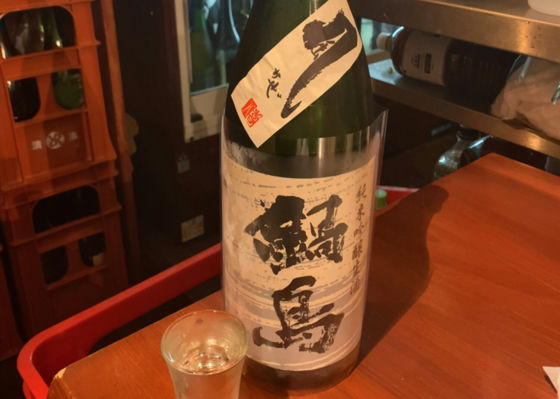
アラジンThe second sake of the sake drinking comparison by Kyoto's sake-taker Nissigawa is Nabeshima from the well-known Tomikuchiyo Shuzo of Saga Prefecture, and a PB (special order) wind label from the famous Koyama Shoten liquor store. I am ashamed to say that this was the first time I had heard of Kaze Label.
It is 100% Yamadanishiki, and the rice polishing ratio is 50%, which is a daiginjo standard, but the description says it is a junmai ginjo.
I also like Nabeshima, so I am looking forward to drinking it!
The appearance is crystal clear.
When poured, the glass is so viscous that it is slightly gassy.
The top-tasting aroma has a mellow, apple-like ginjo aroma that is irresistible.
When you sip it, the rich sweetness first entangles your mouth, followed by a sense of sizzle and a soft acidity.
Then, the ginjo aroma, with a hint of sourness and a slight alcohol taste, finishes with a sharp kick.
As you continue drinking, the rice flavor comes out in a more languid sweetness, and as it rolls around on the tongue, a beautiful acidity emerges.
It is unquestionably delicious.
I thought about drinking a little more because I didn't have enough to compare, but I decided against it because I was drinking too much.
I have always liked Nabeshima, but I think I will like it more and more.
Thank you very much for the food 🍶. アラジンAfter a long absence, I had a drink with my seniors in Kyoto and renewed old friendships, followed by a sake drinking contest at the Kawaramachi-Gojo branch of Sake-Takeru Nishikawa.
The first cup was this Toyobai Junmai Ginjo.
Toyobai is brewed by Miura Shuzo in Hirosaki City, Aomori Prefecture.
It is characterized by the use of contract-cultivated rice called Toyoibai rice. Toyobai rice was created in Aomori Prefecture in 1976, and is named after the Aomori folk song, Hohai-bushi.
This junmai ginjo is brewed with Toyobai rice milled in-house to a milling ratio of 55%.
The appearance is warm and clear with a slight yellowish tinge.
The aroma is pleasant, with a juicy apple-like ginjo aroma.
The taste is light and sweet and sour.
The hint of aroma is also apple-like and mellow.
It finishes with a moderate acidity.
As you continue drinking, the sweetness of the rice becomes more pronounced, and as it rolls across the tongue, a fruity acidity emerges, but the aftertaste is light and smooth.
The initial attack is juicy, but very clean and easy to drink, a ginjo-shu that goes down a treat!
And since it's from Aomori, the apple-type ginjo aroma and juicy sweet-sourness won't disappoint!
It was delicious, thank you 🍶. ジェイ&ノビィHi Aladdin 😃
We had Toyobai for the first time last year and we were so impressed with its taste that we drank several bottles from there 😋🤗. アラジンHi Jay & Nobby 😀
I drank a little too much 😅I wish I'd come across Toyobai sooner! If I find it again, I'll repeat 🍶. RecommendedContentsSectionView.title
